- 4532
- 0
Sharing Ideas and Updates on LPG in Nigeria and related information to enable effective collaboration within the LPG Value Chain
Cooking Gas Prices Increased By 16.01% From March To April 2025.
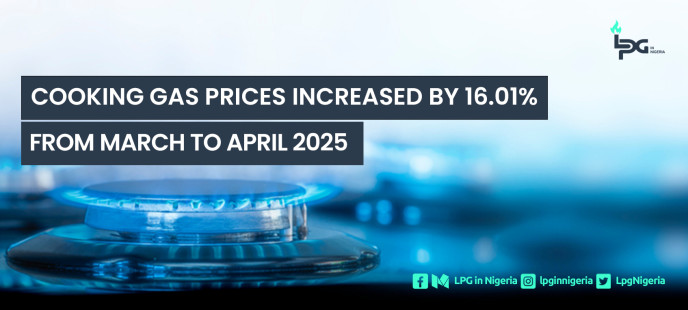
The Nigerian cooking gas (LPG) market experienced notable price fluctuations in April 2025, driven by a combination of economic factors and supply chain challenges. The retail prices of 12.5kg cylinders varied significantly across different states, revealing a deepening gap between low-cost and high-cost regions. Also, a big thankyoy to our respondents on social media for keeping us abreast of prices in the country.
Overview of Prices Across States
In April, the average price of a 12.5kg LPG cylinder stood at ₦17,500, with the average cost per kilogram around ₦1,400. Compared to March 2025’s average of ₦15,085, this reflects a notable increase of ₦2,415, translating to about 16% month-on-month growth.
The states covered in the April report include:
Ikorodu, Lagos State – ₦18,125
Abia State – ₦17,500
Rivers State – ₦18,750
Plateau State – ₦19,375
Kano State – ₦17,500
Abuja (FCT) – ₦17,500
Kaduna State – ₦16,250
Shagamu, Ogun State – ₦16,250
Enugu State – ₦17,500
Ijebu Ode – ₦15,000
Oyo State – ₦17,500
Ibadan – ₦18,125
Anambra State – ₦18,750
Jos – ₦16,875
Borno State – ₦17,500
Lowest, Intermediate, and Highest Price Regions
Lowest Price Region:
The cheapest cooking gas prices were recorded in Ijebu Ode, Ogun State, where a 12.5kg cylinder sold for ₦15,000 at ₦1,200 per kilogram. This is primarily because Ogun State benefits from proximity to Lagos — Nigeria’s major gas import hub — and enjoys relatively lower transportation and supply costs.
Intermediate Price Regions:
Several states like Kaduna (₦16,250), Shagamu (₦16,250), and Jos (₦16,875) fall into the intermediate category. These regions experience moderate pricing due to a balance between local distribution efficiency and transport logistics from supply hubs.
Highest Price Region:
Plateau State recorded the highest LPG price, with a 12.5kg cylinder costing ₦19,375 at ₦1,550 per kilogram. Other expensive regions include Rivers State (₦18,750) and Anambra State (₦18,750). These higher prices are mainly linked to longer transportation routes, infrastructure gaps, and supply shortages, especially for states farther from major gas terminals.
Reasons Behind the April 2025 Price Fluctuations
Several critical factors influenced the cooking gas price movement in April:
1. With the naira facing further devaluation against the US dollar, imported LPG became more expensive, impacting the local market.
2. Rising diesel prices and road challenges increased the cost of moving LPG from storage depots to inland states, especially in northern regions like Plateau and Kaduna.
3. Ongoing infrastructural upgrades and occasional loading delays at major gas terminals, like Apapa in Lagos, caused temporary shortages, pushing prices up.
4. As more Nigerians transition from firewood and kerosene to cleaner LPG solutions, especially with government clean cooking initiatives, demand has risen faster than supply in some areas.
5. In some parts of the North and Niger Delta, security concerns occasionally disrupt logistics, leading to artificial scarcity and localized price hikes.
The April 2025 LPG pricing trends underscore the urgent need for Nigeria to deepen domestic LPG production and enhance local infrastructure. A 16% increase in just one month is unsustainable for many households already grappling with inflation.
As clean energy advocates at LPG in Nigeria, we stress the importance of policy actions to stabilize gas prices, promote energy affordability, and ensure the benefits of LPG reach every Nigerian, not just urban dwellers.
Investments in local bottling plants, better logistics networks, and incentives for domestic gas utilization remain critical if Nigeria is to achieve its energy transition goals.

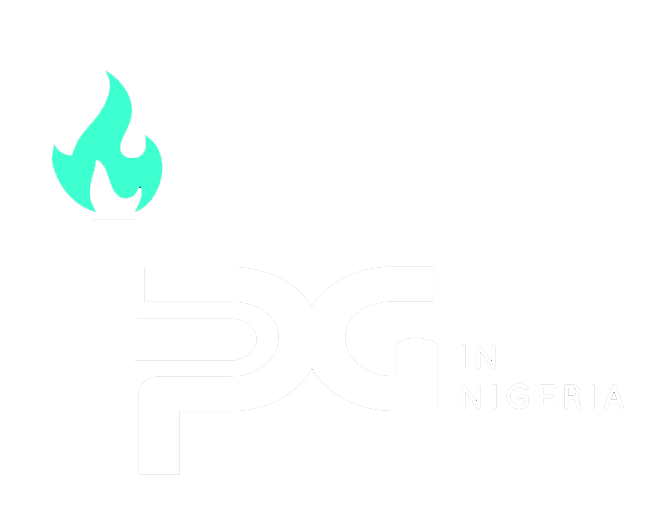


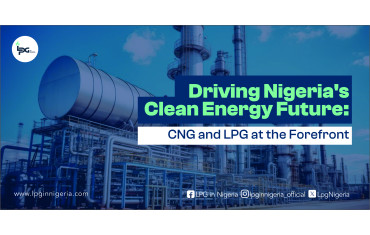
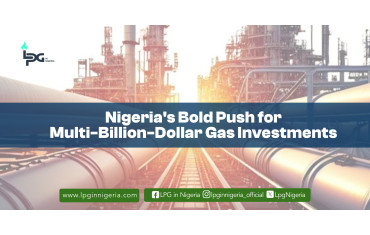
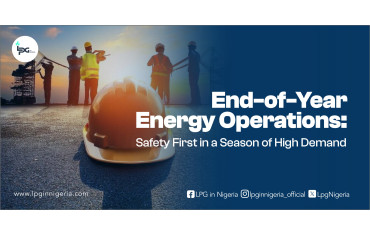
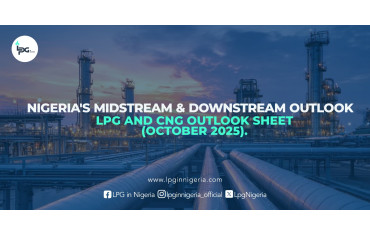
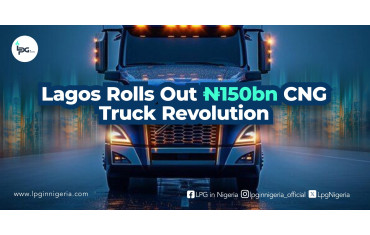
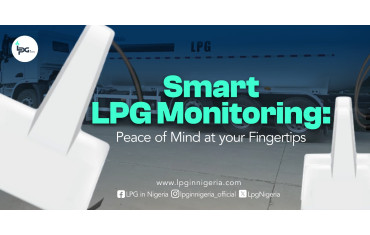
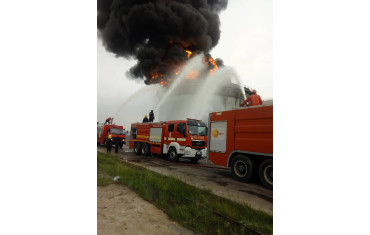
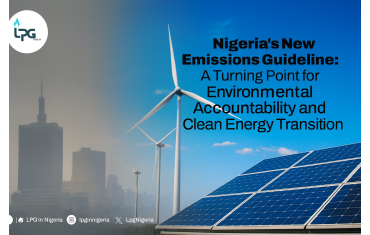
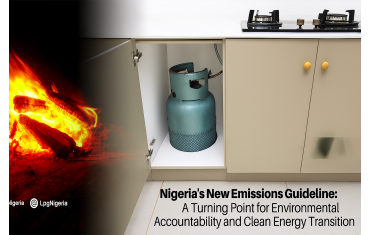


0 Comment.